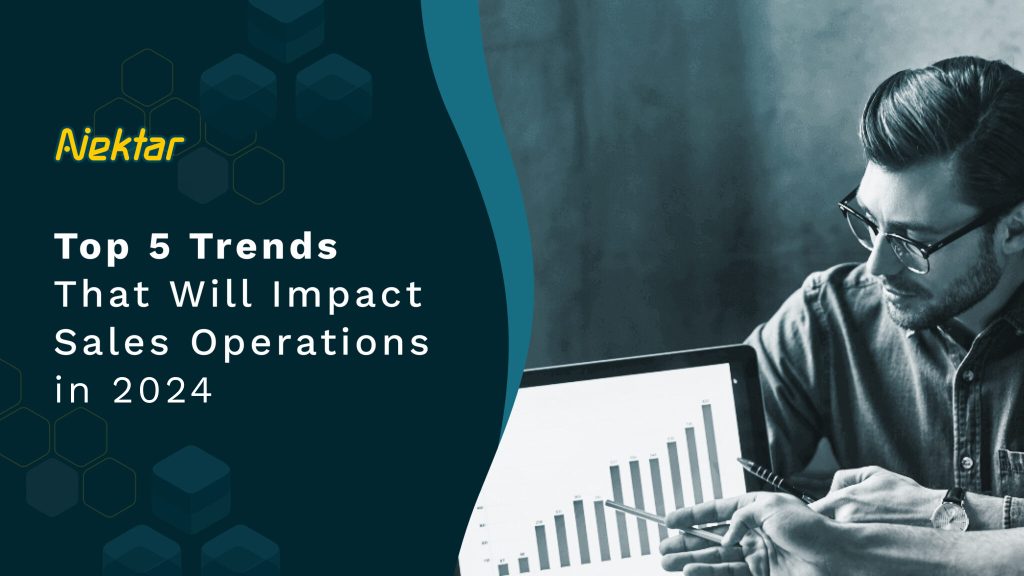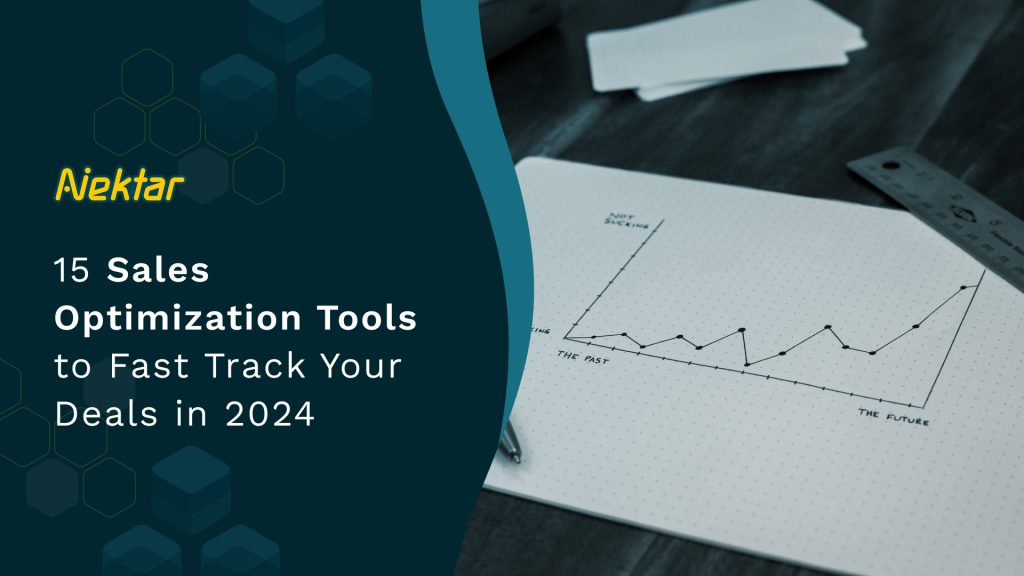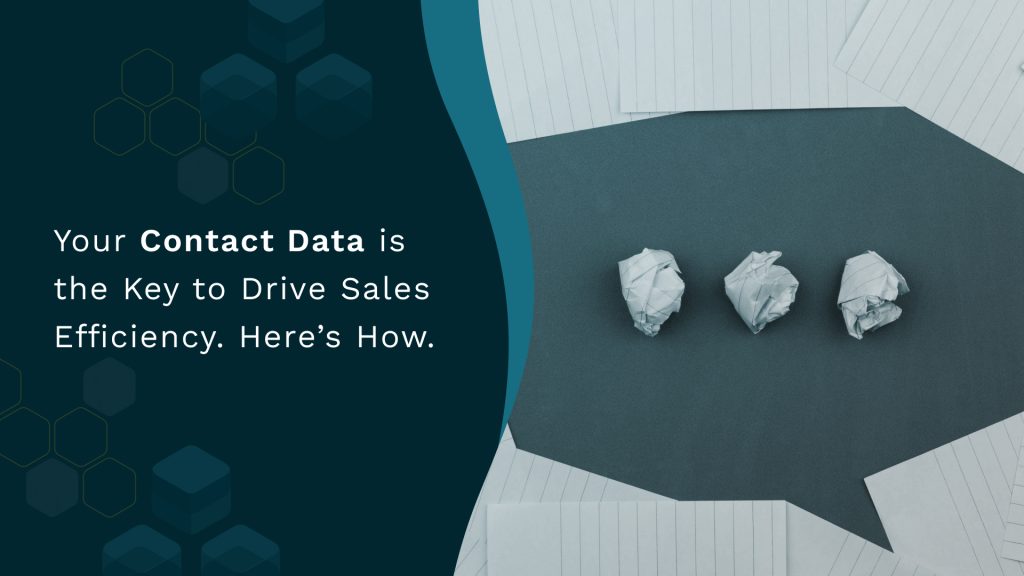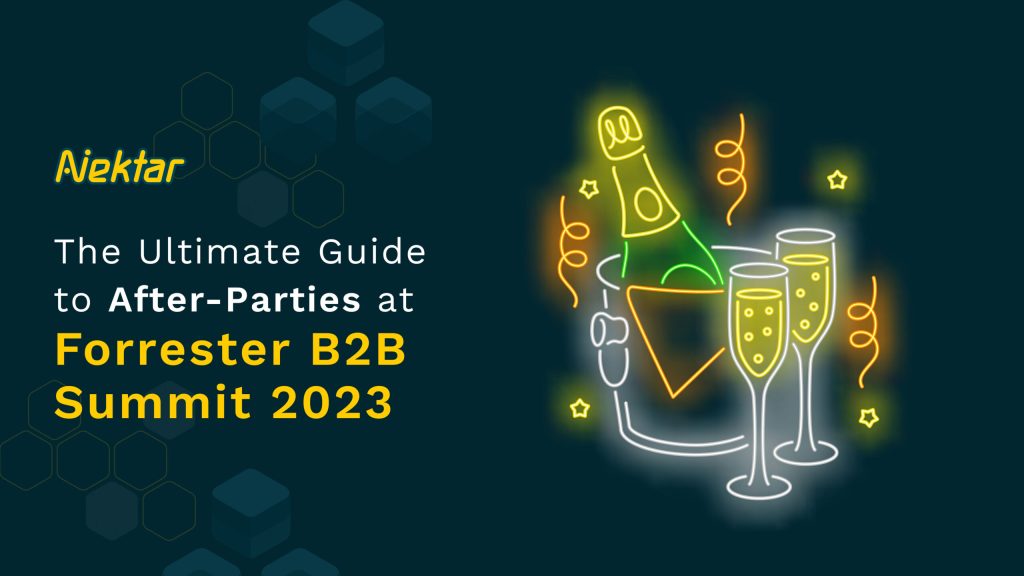10 Best Revenue Operations Software for 2025
10 Best Revenue Operations Software for 2025 RevOps 10 min Achieving revenue goals is challenging, irrespective of the size of your sales operations. Your sales team can face numerous challenges, including managing complex sales processes, streamlining data, and aligning sales, marketing, and customer success efforts. Fortunately, revenue operations software simplifies how businesses optimize their sales performance. Revenue operations software empowers sales teams to bridge the gap between strategy and execution. Leveraging automation and advanced analytics allows these tools to provide a streamlined approach to manage sales operations and drive revenue growth. Tune in to our exclusive podcast – The Revenue Lounge, specially curated for Revenue Operations Professionals. Here’s a latest episode: Ep #1: Hubspot Customer Retention With RevOps ft. Sid Kumar This article looks at the top 10 revenue operations software solutions leading in 2025. Let’s uncover the best solutions and understand how they can position your sales team for success. 10 Best Revenue Operations Software Here are the ten best revenue operations software to consider for your business in 2025: 1. Nektar 2. Gong 3. Groove 4. HubSpot Operation Hub 5. Aviso 6. Kluster 7. Fullcast 8. Breadcrumbs 9. InsightSquared Analytics 10. Chorus What is Revenue Operations? Revenue operations or RevOps is an end-to-end operating model that helps organizations run their business in an interconnected way across GTM functions like sales, marketing and customer success. A tight alignment of the GTM model enables organizations to drive predictable revenue. The role of RevOps is to drive visibility, accountability and transparency across the entire revenue funnel, improve efficiency across a unified revenue process, and unlock potential for revenue growth. RevOps connects teams, processes and people that have been otherwise functioning in silos. It also aligns them to work towards common revenue goals. Overview of 10 Best Revenue Operations Software 1. Nektar Nektar is an AI for revenue operations that drives funnel efficiency by plugging your CRM data holes/gaps and discovers hidden revenue from your customer interaction data. The software provides a unified contact and activity capture solution that ensures CRM data integrity and hygiene, resulting in a clear picture of revenue intelligence. Nektar offers a robust data capture and intelligence layer purpose-built for revenue operations. It enables sales teams to capture and consolidate critical data from various sources. Sales teams can get a comprehensive and holistic understanding of the pipeline. With Nektar, there are no more scattered information and data silos. You get a centralized platform that empowers your team to make data-driven decisions. Key features: Actionable pipeline visibility in real-time Accurate and comprehensive CRM data and reporting Enriched contact data for account-based selling Enhanced ROI for your sales tech stack 2. Gong Gong’s revenue operations software allows RevOps leaders to capture activity data from every touchpoint and unlock superhuman forecasting abilities. Gong’s RevOps platform leverages artificial intelligence (AI) to analyze customer interactions across sales and customer success. It provides invaluable insights into deals, pipelines, and team performance. Gong is your partner in breaking down barriers and aligning your sales, marketing, and customer success operations. Harnessing the power of Gong’s RevOps software will help your team seamlessly collaborate and work in tandem. It will drive revenue growth and customer satisfaction. Key features: Clean activity data Pipeline visibility Deal risk warnings Closed-lost analysis 3. Groove Groove is a revenue intelligence and operations software that offers complete transparency. It provides advanced activity capture capabilities for reps, managers, and operations teams. With Groove, organizations can rely on real-time Salesforce reporting and collaborate on account lists. Furthermore, the platform offers insights into the entire buying committee and allows to conduct interactive pipeline reviews. Groove enables organizations to capture and track critical sales interactions in real time through its advanced activity capture technology. It allows reps, managers, and ops teams to stay up-to-date on the progress of deals. Sales teams can also quickly generate comprehensive reports within Salesforce to get insights into sales performance. Key features: Advanced activity capture Auto contact capture Opportunity and pipeline management 4. HubSpot Operations Hub HubSpot Operations Hub allows your entire team to stay aligned with a clean and connected source of truth for customer data. It enables your business to adapt seamlessly to the ever-changing needs of your customers. With Operations Hub, organizations can sync data across various systems, ensuring customer information is up-to-date and accessible in one centralized location. Operations Hub helps maintain data integrity and eliminates inconsistencies by cleaning and curating customer data. The platform offers other tools, including programmable automation, data sync, and data quality tools. Key features: Data sync Data quality automation Data quality command center (BETA) 5. Aviso Aviso is a conversational intelligence software that provides revenue leaders with a clear path to plan and key deal actions to accelerate success. It enables sales operations and planning teams to track progress and course correct. With Aviso’s AI-powered capabilities, revenue leaders gain valuable insights that help them confidently navigate their portfolios. Leveraging advanced algorithms, Aviso provides a predictive view of revenue. It allows leaders to anticipate potential outcomes and make informed decisions. Key features: Advanced view of sales metrics filtered by product/team Advanced briefing for forecast calls Human and AI combination to close deals faster 6. Kluster Kluster is a revenue operations software that enables businesses to build repeatable processes. They can also scale their sales funnel and deliver reports on time, every time. With Kluster, organizations can optimize their revenue operations for consistent and predictable success. Leveraging Kluster’s intuitive tools and workflows allows organizations to establish standardized and efficient sales processes. It ensures every deal follows a consistent path. There are maximized chances of success and minimized errors or missed opportunities. Organizations can also track and analyze key metrics throughout the sales funnel, from lead generation to closing deals. Key features: Build repeatable process Scale your funnel Deliver reports on time every time 7. Fullcast Fullcast is a revenue operations software that enables businesses to improve RevOps efficiency. Organizations can create territory, quota, and capacity plans without relying on complex spreadsheets. Operations teams can painlessly align their activities with the strategy and eliminate hours of manual effort. With Fullcast’s intuitive interface and






